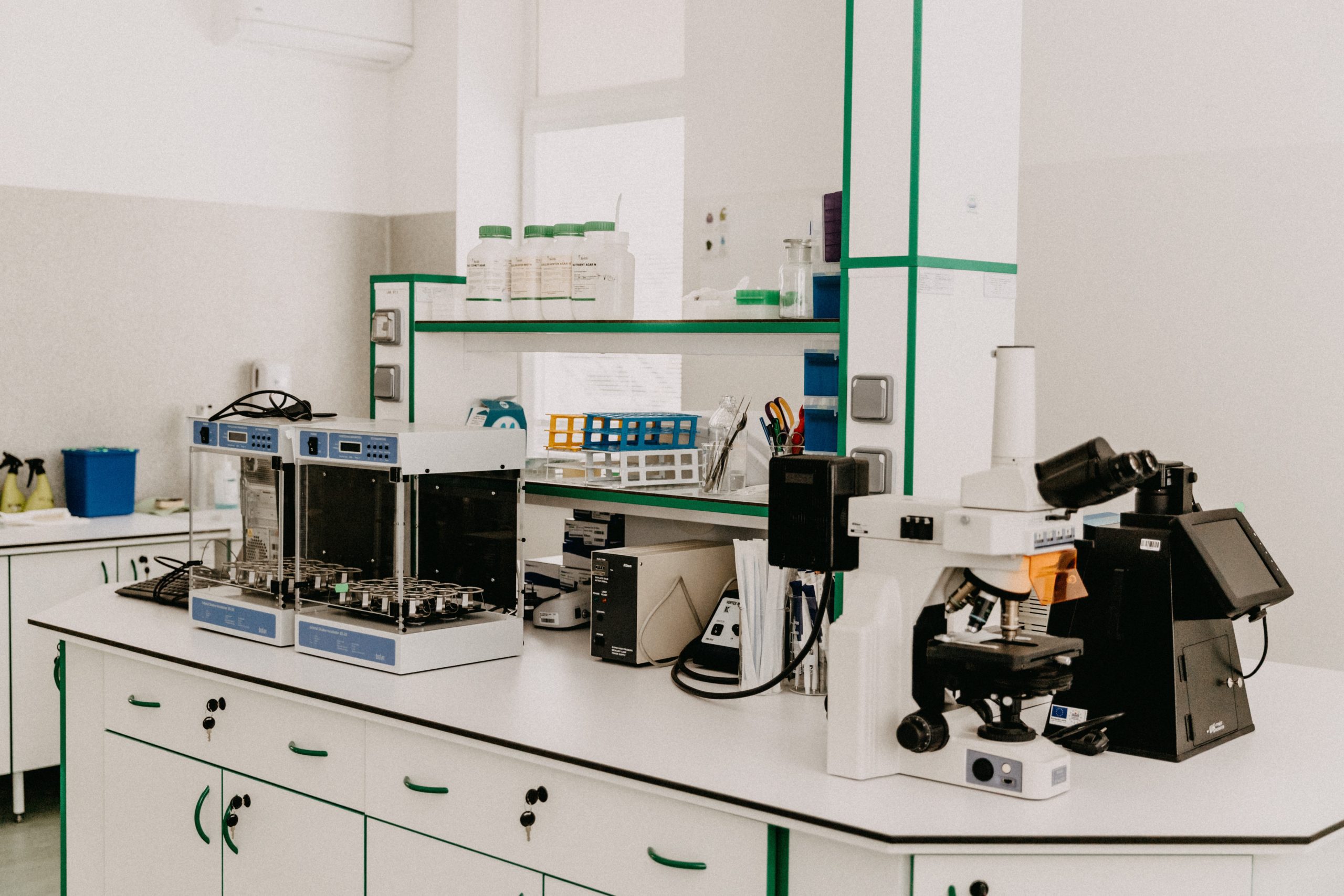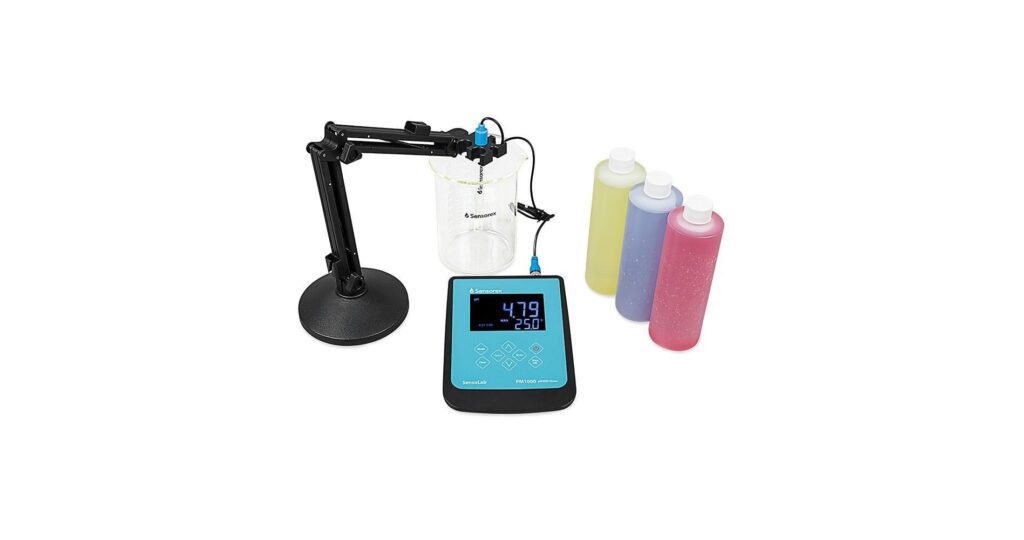05/09/2016 | Water Measurement Tips & Tricks | 4 MINUTE READ
Everything You Need to Know About pH Sensor Calibration

The Importance of pH Sensor Calibration
Any style of electrochemical sensor requires calibration in order to provide accurate measurements. The process of pH sensor calibration is very straightforward, but many users are not aware of the considerations and reasoning behind this requirement.
A standard combination pH sensor outputs a mV signal, which corresponds to a pH value. An output of 0mV is equal to pH 7. Moving one pH unit along the scale in any direction will correspond to a change in voltage of 59 mV. This is called the “slope” of the sensor (see figure below). These are theoretical values though, and in reality there is no such thing as a sensor with perfect output. Even a brand new sensor will have slight variances in output. This is where pH sensor calibration comes in.
Sources of pH Sensor Variability
There are a few main characteristics to consider related to calibration:
- Offset: Output at pH 7 will be slightly above or below 0mV, within a certain tolerance.
- Slope: May not be exactly 59 mV.
- Span: The slope may not be constant across the entire pH scale. For example, the sensor may be close to theoretical output at pH 7 but have a larger deviation at the extreme ends of the pH scale.
The important thing to note is that these variances do not mean the sensor is faulty. All manufacturers, including Sensorex, will specify and test for allowable tolerances in output from a new electrode.
How pH Sensor Calibration Works
The general process for calibration is to use at least two known data points to adjust the pH values associated with the mV output. It is best to choose solution standards that represent the range of measurement expected during sensor use. For example, one solution standard with pH value slightly lower than the minimum expected measurement and another with pH value slightly higher than the maximum expected measurement. This will allow the user to calibrate as accurately as possible. It is common to use pH 7.00 as one buffer solution and then pH 4.01 or pH 10.00 as the other. Adding more data points will increase accuracy.
Adjusting for Temperature
Temperature must also be considered. See the figure below for the effects of temperature on pH readings. It is important to calibrate the sensor in solution close to 25°C, at the same temperature as the sample or process, or to use a system with automatic temperature compensation.
How to Calibrate Your pH Sensor
The majority of meters, controllers, and other types of instrumentation will make this process easy. The typical calibration procedure consists of the following steps:
- Vigorously stir the electrode in a rinse solution.
- Shake the electrode with a snap action to remove residual drops of solution.
- Vigorously stir the electrode in the buffer or sample and allow the reading to stabilize.
- Take the reading and record known pH value of the solution standard.
- Repeat for as many points as desired.
The instrument will then automatically determine the correct calibration curve based on the data points it is given. Now your sensor is ready to use!

Recalibrating a pH Sensor
One question that comes up frequently is: “how often does my electrode need to be calibrated?” Many users expect a concrete answer but this is not easy to provide. There are many factors that affect the acceptable time between calibrations. The electrode will experience natural aging; offset and response time will increase, span will decrease, and the meter will need to account for these changes. The sensor could become coated or dirty and should be calibrated after it is cleaned. The chemicals and environment around the sensor could affect output or accelerate aging.
Very accurate measurements in a lab may require recalibration every day or multiple times per day. Other relatively mild processes that do not require high accuracy may only need recalibration every week or month. The best advice is to determine the level of accuracy required and adjust calibration schedule based on experience.
Eventually a time will come when the sensor has reached its end of life. The meter will no longer be able to calibrate the sensor (compensate for increasing deviation from expected output). At this time the sensor is no longer useable and should be replaced.
Products for pH Sensor Calibration
Posted by Dominic O'Donnell on May 9, 2016
Sensorex is a global leader in the design and manufacture of quality sensors for water quality and process applications. The company offers more than 2000 sensor packages for pH, ORP, conductivity, dissolved oxygen, free chlorine, chlorine dioxide, UV transmittance and other specialty measurements, as well as a full line of sensor accessories and transmitters. Its expert technical support engineers solve analytical sensor challenges with custom designs and off the shelf products.




